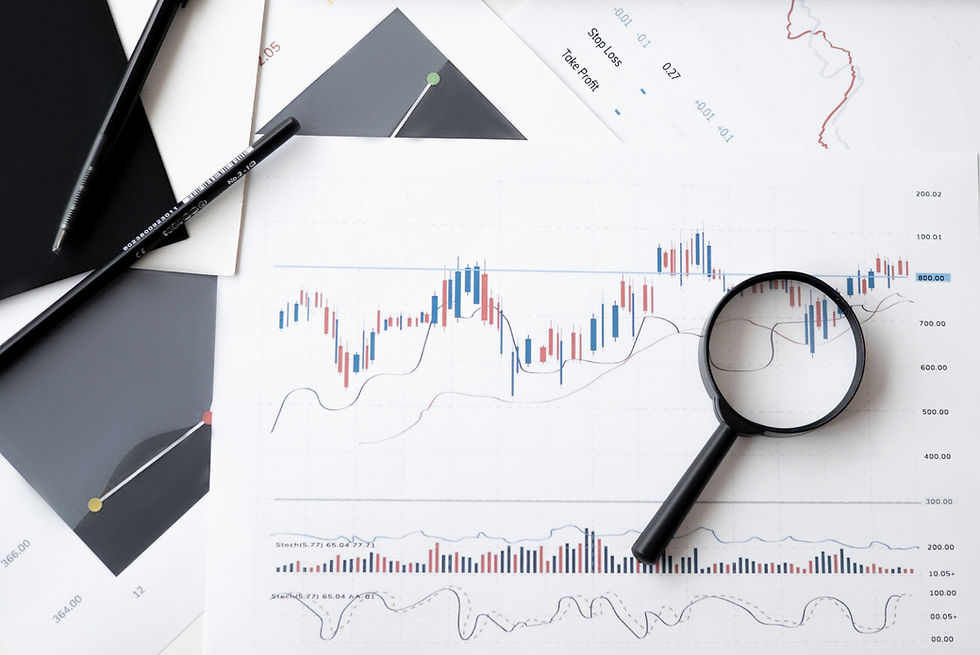Are Rooftop Solar Systems a good investment option?
- Pooja Shetty
- May 25, 2023
- 3 min read
Updated: May 26, 2023

Aren't we always looking for better investment options for our money? Most of us think of only financial instruments to invest our money. Bingo! there is something sitting every day on your house roof from which you could save money and this something on your roof is absolutely free of cost. Welcome, to the world of solar energy! In this blog, let us see if capturing solar energy through a rooftop solar PV system is a worthwhile option for you.
How much will it cost to install a rooftop solar system?
For the purpose of simplification, the thumb rule is 60K to 70K per KW of installation. The larger the system size, the lower will be the per KW cost.
A typical 3KW system would cost around ₹2,10,000. The price range is ₹1,80,000 to ₹2,40,000 depending on the cost of solar panels, inverter and mounting structure.
Cuirrently, the Ministry of New and Renewable Energy is offering a Central Financial Assistance (CFA) for residential rooftop solar system for this system. Accordingly, for a 3 KW system, the subsidy amount is ₹14,588 per KW.
Hence, total subsidy will be ₹ 43,764.
The final CAPEX will be ₹1.66 lakhs.
There are two ways to finance your system:
Scenario 1: 100% investment in the capital cost by the consumer.
Scenario 2: Partial capital cost covered through debt from financial institutions.
Return on Investment in Scenario 1
In this case, the capital cost is fully borne by the consumer. Let's consider a 3KW rooftop solar system. The CAPEX for this system is ₹ 2.1 lakh (without subsidy)
In the figure below, you can see that the CAPEX is recovered in the 5th year of the installation and at the end of 25 years (which is the life of the solar panel), the net savings are around ₹8 lakhs. After the 5th year, the energy generated is almost free of cost.
The internal rate of return (IRR) in this scenario is around 20 percent. This return on investment is much higher than the bank fixed deposit rates (about 7%), gold (about 10%) and stocks (about 15%) over the past 10 years. Also these investments are subjected to several market risks, but for solar the sun is always going to shine in India. This investment is a low risk, high return investment that will bring you substantial savings as well as help the world mitigate the effects of climate change.

Return on Investment in Scenario 2
In this scenario, the CAPEX will be partially funded through bank loan.
Let us assume that the bank approves a loan of 75% of the CAPEX value for a 3 KW system. So, the debt amount will be ₹1.25 lakhs at a 15% interest rate for a period of 5 years.
The EMI would be around ₹3000 which is same as the electricity bill amount you would pay every month.
In the figure below, you can see that the CAPEX is recovered in the 7th year of the installation and at the end of 25 years (which is the life of the solar panel), the net savings are around ₹7.2 lakhs. After the 7th year, the energy generated is almost free of cost.
The internal rate of return (IRR) in this scenario is around 25 percent.

Investing in a rooftop solar system for your home makes complete financial sense because:
It is a low risk and high rate of return investment (20-25%).
The tariffs on electricity would probably rise in the future, which makes investment in solar rooftop complete sense.
The government is offering subsidy for residential rooftop solar owners, making the investment much more viable.
The value of the property which has a rooftop solar system increases during reselling or renting the space.
In case of bank loans, the interest would most likely be equal to the monthly electricity bill amount that you would anyways pay to your DISCOM.
You will reap the benefits from day 1 post installation until the next 25 years of the system's life.
.png)


Comments